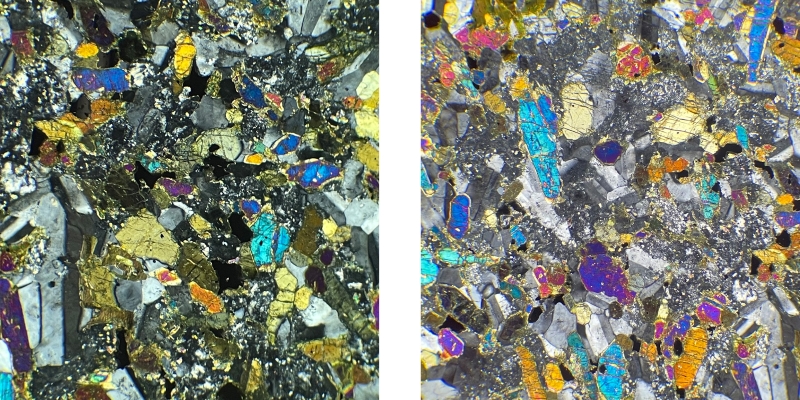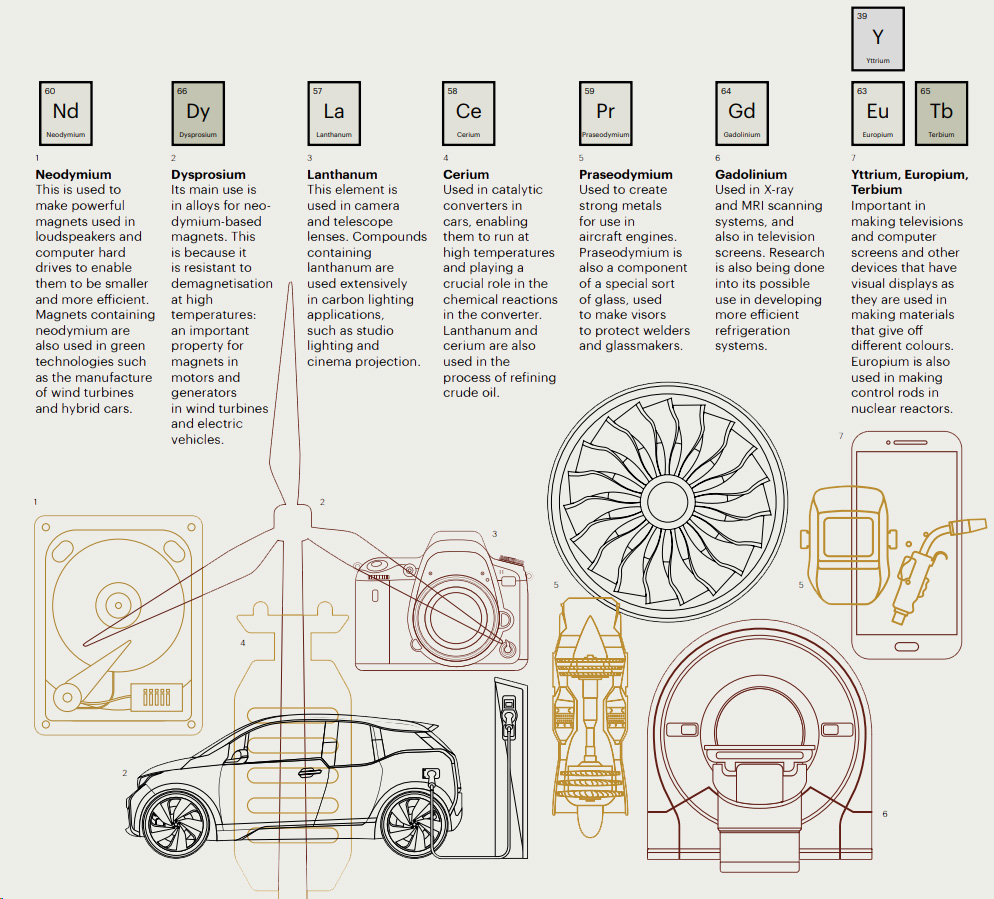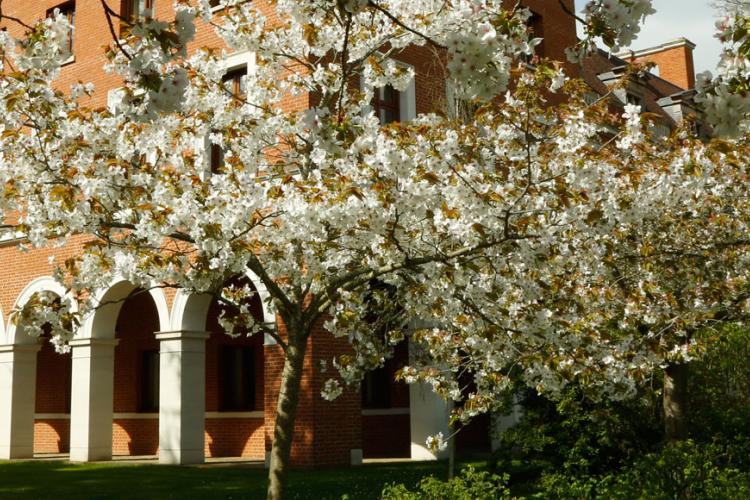Rare earth metals, mined from the remains of ancient volcanoes, are used to create components that make modern technology possible — but these resources are difficult to find, and therefore their supply is under threat. Solving this problem is Dr Carrie Soderman, whose research focuses on how we can better locate them.

When we think of volcanoes, we often think of the explosive eruption of magma at the Earth’s surface. However, beneath every volcano lies a hidden chamber: a mushy pile of magma and newly formed minerals crystallizing. The movement of this magma can be detected as earthquakes, and sometimes parts of this mush are forced out of the top of the volcano as an eruption. However, not all the magma beneath a volcano erupts over its lifetime. Once this magma cools in the crust, we are left with the preserved chamber that once fed a volcano, with lots of crystallized minerals.
Some of these minerals contain ‘critical elements’: elements that are essential for modern technology with no easy substitution available, but whose supply is at risk of disruption. My research focuses on understanding the behaviour of these critical elements beneath volcanoes and working out why some volcanic systems are rich in them and others effectively barren.
I am most interested in a group of elements called ‘rare earth elements’ (REEs), such as neodymium and dysprosium. The REEs have the highest supply risk of all critical metals but are used for key components (particularly magnets) in wind turbines, fuel cells, and motors, and have uses in robotics and computing. At present, most of the global REE supply comes from China.
Demand for REEs is predicted to grow rapidly over the coming decades, but faces a shortfall in supply versus demand of about 30% by 2035.
Dr Carrie Soderman
My research combines modelling and chemical data from natural samples to understand what factors in the geological history of a magma chamber mean it is likely to contain certain minerals, and therefore host certain elements. For example, does it matter how much water there is, or the pressure and temperature under which the magma crystallizes?

We’ve found that rocks formed underneath alkali-rich volcanoes seem to be rich in REEs compared to most other volcanoes on Earth. Alkali-rich volcanoes are those that have more sodium and potassium relative to aluminium and silicon, which is what most volcanoes have an abundance of. Alkaline igneous rocks are often found in regions of continental break-up (rifting), such as the present-day East African Rift system, or the over 1 billion-year-old Gardar rift in southwest Greenland where I will be doing fieldwork this summer to collect samples. These samples consist of rocks we collect at the surface and samples from the hearts of ancient volcanoes, brought to the surface for the first time through industry and research drill cores. We can slice these rocks into a 0.03mm cross-section and observe it under an optical microscope or an electron microscope—the latter can measure chemical composition within a single crystal. This can tell us about the minerals in each rock and the elements they contain. Importantly, each unique mineral contains a different mixture of elements because certain mineral structures favour certain sizes or charges of ions. For example, if an ion of a given element is too large to fit into the lattice of a mineral without causing significant strain in the structure, thanks to thermodynamics, that element will ‘prefer’ to stay in the magma rather than be hosted in the mineral.
We also use geochemical modelling to test hypotheses about the conditions under which the volcanic magma might be particularly rich in REEs versus conditions where most of the REEs are held firmly within mineral structures. Generally, we find that the less that REEs are absorbed by minerals that form early in the crystallization of a magma chamber, the more likely it is that the concentrations of REEs in the magma left behind reach high enough levels to form an ore deposit that could be mined. By understanding how magma chambers become rich in REEs, we can figure out where to look for them, which will help diversify the range of industrially valuable REE sources available, improving global supply chain security.
This security is especially important in a world where demand for REEs is predicted to grow rapidly over the coming decades, driven mostly by growth in electric vehicle and wind turbine production, but faces a shortfall in supply of about 30% by 2035. Our research also supports a wider understanding of these volcanic systems that can have huge social impacts on local communities, such as in Malawi, where groundwaters near the alkaline volcanic rocks contain such high levels of fluoride that they are causing health problems, but the exact source of the fluoride from the rocks is unknown, making it hard to mitigate risks. For geoscientists, it is clear that furthering our knowledge of these REE-rich alkaline igneous rocks is vital for securing the supply of our resources and protecting the health of communities living near these geological features.


Teaching is at the heart of what we do as a college. There is nothing more important than instilling the next generation with the learning that they need.
We have recently launched a major initiative to support Selwyn’s teaching in the sciences recognising that this is an area in which we now need specific investment. To read more about how you can help, or to make a donation, please click here.

